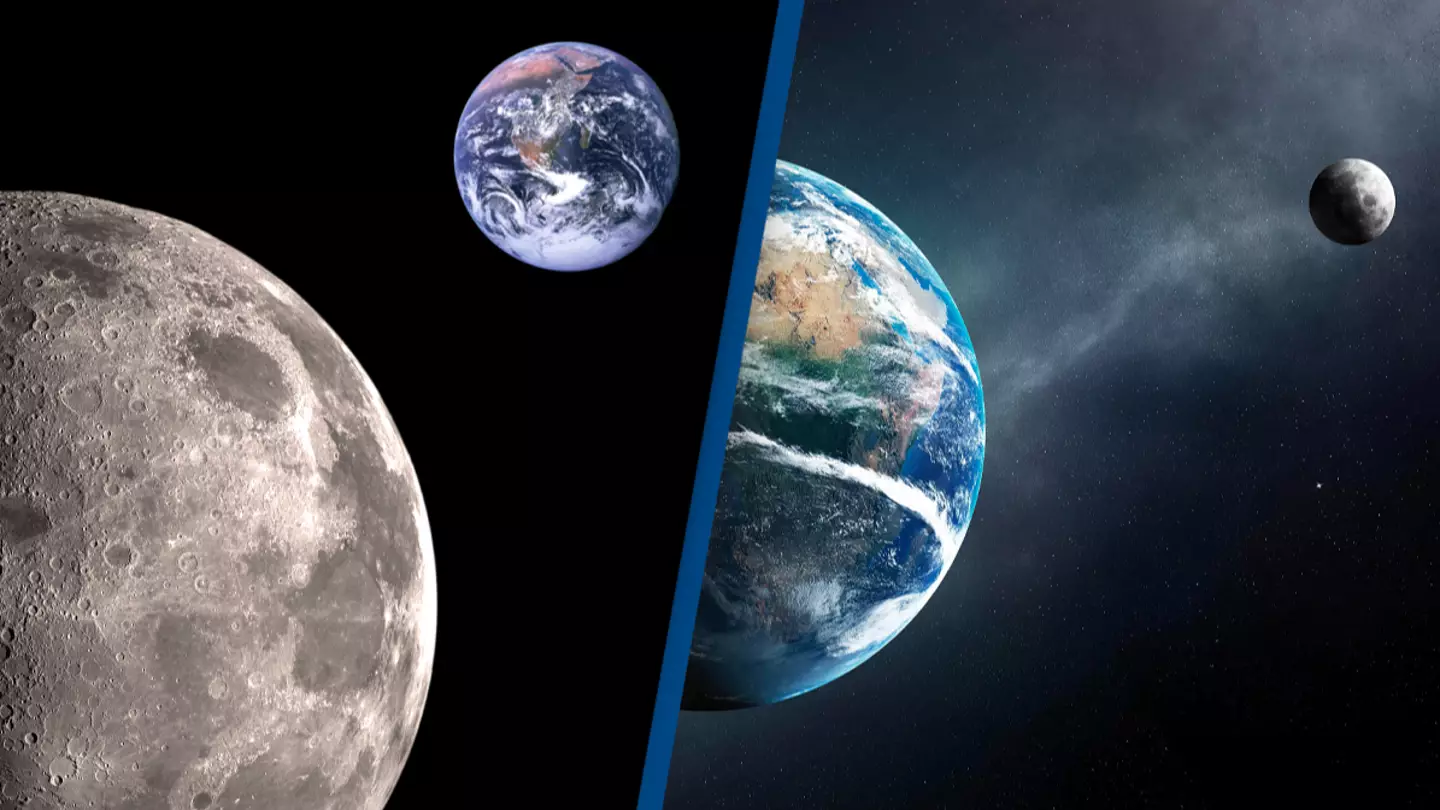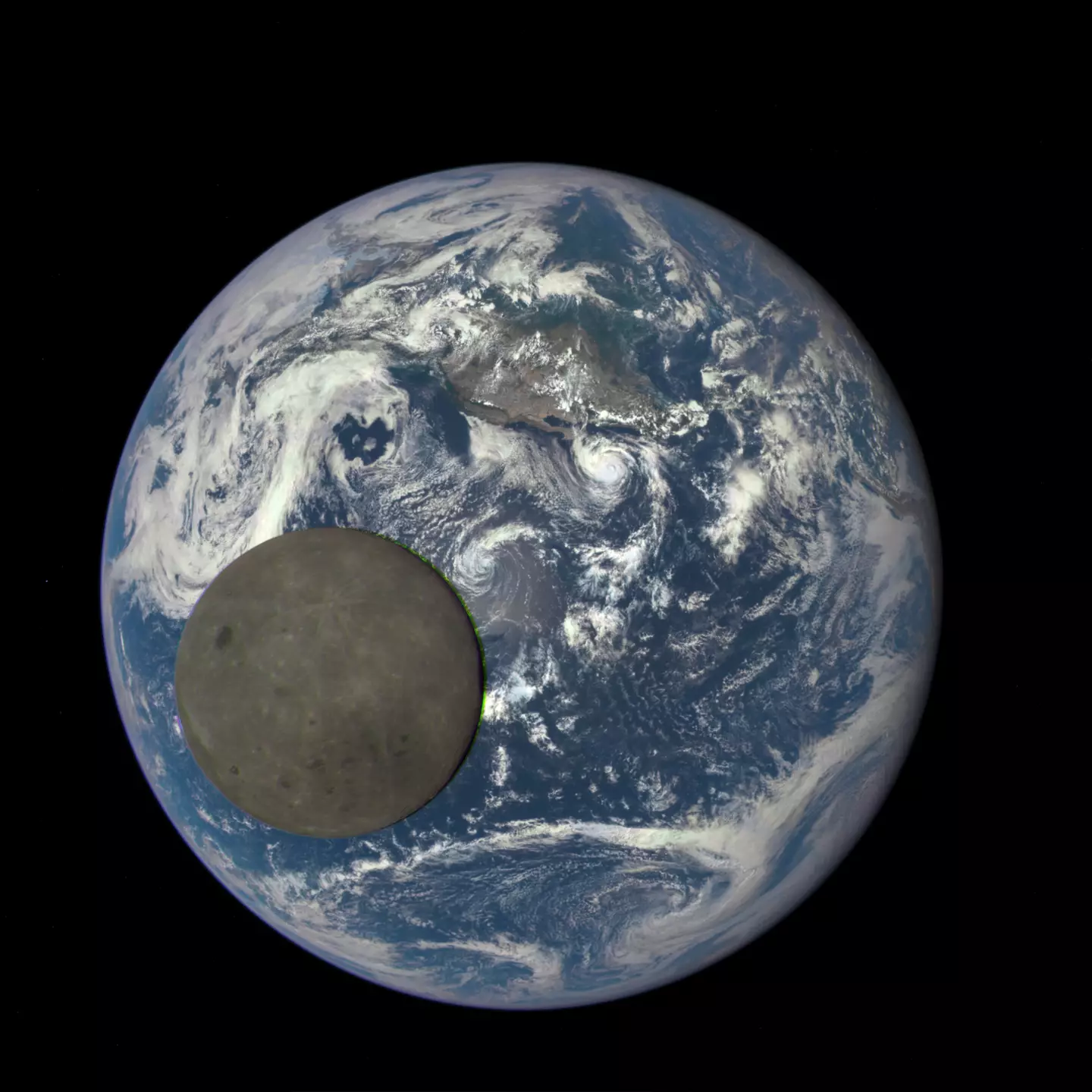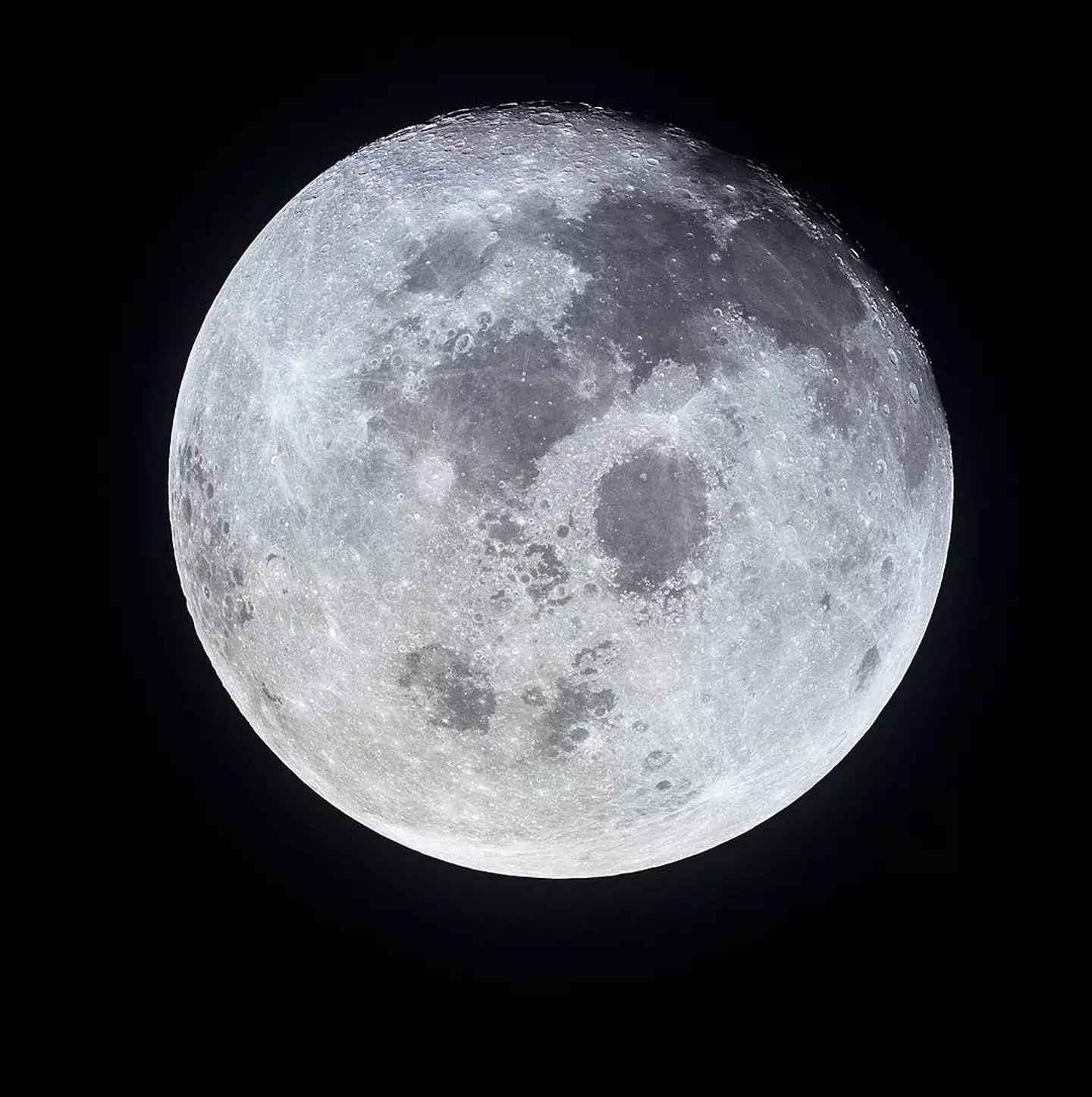
Scientists have discovered that days on Earth are getting longer as the moon is slowly drifting away.
It has always been assumed that the Earth’s only natural satellite remained at a constant distance from the Earth due to gravitational pull. However, according to NASA, Scientists no longer believe this is the case.
Apparently, there is an ever-weakening connection between the Earth and the moon. This gradual breakdown has resulted in our planet spinning slower and thus taking a little longer to complete a full day’s rotation.
However, a new study conducted by researchers has found that the celestial body used to be much closer to the Earth. They’ve discovered that the closer the moon is, the shorter the days on Earth are.
Advert

At one point, scientists think that a day on Earth 1.4 billion years ago, lasted just 18 hours. This is much shorter compared to the 24 hours we’re accustomed to in the 21st century.
“As the moon moves away, the Earth is like a spinning figure skater who slows down as they stretch their arms out,” says Professor Stephen Meyers, of the University of Wisconsin-Madison.
“One of our ambitions was to use Astrochronology to tell time in the most distant past, to develop very ancient geological time scales,” he continued. “'We want to be able to study rocks that are billions of years old in a way that is comparable to how we study modern geologic processes.”
Advert
Astrochronology is the method of linking astronomical theory with geological observation. Professor Meyers, the co-author of the study, worked with his team to look back at the Earth’s past and recreate what he believes the solar system previously looked like.

Last year, Professor Meyers studied sediments from a 90 million-year-old rock formation. This is how the team reportedly discovered the Earth’s climate cycles.
From the findings, we know that the moon is currently receding from the Earth at a rate of 1.5 inches (3.82 centimetres) every year. So as the moon drifts, days on Earth are set to get longer.
Advert
Scientists have also concluded that the moon once would have been so close that the Earth’s gravitational interactions would have ripped apart the moon.
Professor Alberto Malinvero, co-author of the study said, “'It was exciting because, in a way, you dream of this all the time; I was a solution looking for a problem.’
However, it is important to note that scientists know that the moon itself is 4.5 billion years old. Therefore, their calculations could be somewhat inaccurate. Though, it is conclusive that days on Earth are definitely getting longer.
Topics: Space, Technology
